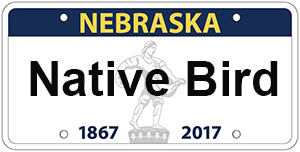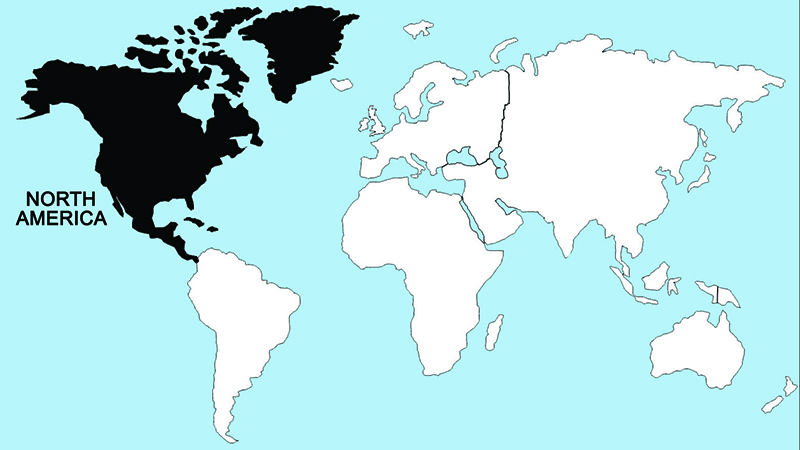Mallard

Mallards are widely spread around the world, and are familiar as domesticated and feral birds in city parks, so they require little description. Indeed, species definitions are impossible in this highly variable species, and I have suggested that the American black duck might logically be included as a race of the mallard, along with the sedentary mottled duck, Florida duck, Mexican duck and Hawaiian duck. In all of these populations males have lost much or all of their bright breeding plumage. These changes may be a result of inbreeding and natural selection for a sedentary life. Bright male colors and elaborate social displays are associated with intense male competition for mates in large, mobile populations. Unlike males, females tend to be rather similar in appearance in all populations. All have wing speculum patterns that are generally iridescent blue or violet, with all-white or black-and-white leading and trailing borders. During courtship, the males perform generally the same social displays, although the Pacific island populations perform them less frequently and with less intensity.
Mallards become mature rapidly, and young males may begin displaying within four or five months of their hatching. Display occurs over a period of many months, frequently starting in September and persisting until May. In all the races, clutch-sizes average 8–10 eggs, and incubation typically requires about 28 days. Even in the sedentary races, the males do not participate in brood care, although it is possible that pair bonds are fairly permanent in at least some of these populations
Regions Birds Are Found


Collection Location & Year
U.S. - Nebraska 2000
Taxonomy
| Order | Anseriformes |
|---|---|
| Family | Anatidae |
| Tribe | Anatini |
| Species | Anas |
| Genus | platyrhynchos |
Gender
Female & Male
References
- Johnsgard, P. A. 1975a. North American Game Birds of Upland and Shoreline. Lincoln, NE: Univ. of Nebraska Press.
- Johnsgard, P. A. 1978. Ducks, Geese and Swans of the World. Lincoln, NE: Univ. of Nebraska Press.
- Elliot, A., J. del Hoyo, J. Sargatal, and C. Imboden, eds. 1992. Handbook of Birds of the World. Vol. 1 (Ostriches to Ducks). Barcelona, Spain: Lynx Editions.
- Kear, J. 2005. Ducks, Geese and Swans. London, UK: Oxford University Press.